|
By Andrej Babicky, Certified Natural Perfumer and Raw Material Natural Extraction Methods Expert Capturing the Ephemeral In the realm of perfume crafting, there's an art to capturing the essence of flowers. Among various extraction methods, from distillation to maceration, one stands out for its enchanting approach – enfleurage. This method, despite being laborious, possesses a magical ability to imprint the olfactory fingerprint of a flower, making it a personal favorite. The enfleurage process is both a journey and an experiment, much like the anticipation of spring when fragrant flowers are ready to bloom. Imagine stepping into your garden, balcony, or even just a sunny windowsill, armed with the intention to entwine the ephemeral soul of a flower into a fragrant masterpiece. For me, this is more than just a technique; it's a dance with nature. Enfleurage, contrary to its demanding nature, offers a playground for experimentation. Co-enfleuraging different flowers became my joyful pursuit, creating complex pomades that danced with the richness of jasmine, gardenias, plumeria, Stephanotis, Cestrum, banana leaves, roses, and even tomato leaves. This became more than an experiment; it evolved into a fragrant game, a symphony of scents. Over time, I expanded my palette, incorporating different raw materials into the pomade. Unrefined coconut oil, with its tropical aroma, became a base for enfleurage experiments, mingling with gardenias, plumeria flowers, bourbon vanilla pods, finely ground resins and iris powder. The result? A tapestry of new scents and the recreation of complex, unique bouquets. The manufacturing process remains true to tradition. Glass or ceramic containers replace the classic chassis, vegetable butters and oils stand as the primary medium, and the delicate dance of changing flowers persists. Some of my enfleurages remain soaked in alcohol for months, allowing me to study raw materials practically, even if they never make it into a final composition. In the historical context, enfleurage played a crucial role in the fragrance industry. Refined in Grasse, France, in the mid-1700s, it became an industrial center for essence extraction. Today, enfleurage is a mainly historical method, replaced by more modern techniques. However, with the resurgence of interest in natural perfumery, some perfumers revisit this technique, making modifications to suit contemporary needs. Enfleurage is not just a process; it's a celebration of flowers that might have limited essence or are too fragile for other extraction methods. It revolves around the absorption of volatile odorous molecules by fat. This fat, acting as a solvent, captures the essence of flowers it embraces. The traditional procedure involves meticulously crafted frames, or chassis, where purified fat is layered, and flowers are evenly distributed. Daily changes and cycles of defleurage create a dance between flowers and fat, resulting in perfumed pommade. This pommade can then be turned into an absolute through further processing. Enfleurage, despite its historical roots, remains a testament to the art of perfumery. It beckons us to dance with flowers, capturing their essence in a way that's both magical and personal. In this intricate journey, where patience and experimentation intertwine, enfleurage invites us to create olfactory symphonies that resonate with the very soul of nature as it awakens in the upcoming spring, with fragrant flowers ready to bloom.
Embark on your own olfactory adventure! Explore the art of natural extractions in my Natural Extractions Course.
0 Comments
By Andrej Babicky, Certified Natural Perfumer and Raw Material Extraction Methods Expert Unveiling the Ancient Art of Enfleurage: Capturing the Essence of Flowers Natural perfumery it's not just about creating amazing fragrances, but also about growing flowers and extracting essences. One technique that holds a special place in this aromatic world is enfleurage. It's all about capturing the magical essence of a flower to make one-of-a-kind scents. So, let's dive into the enchanting process of enfleurage and get tangled up in the mesmerizing world of scents! It is to the Greeks that we owe the addition of oils scented with flowers to spices, gums and balms. The flowers and plants used for export must be transformed to be preserved. Olive oil, one of the main wealth of Greece, was used as an ointment and as an excipient in the manufacture of perfumed oils. The Greeks practiced enfleurage and very early developed the art of making perfumes. During the mid-1700s. Grasse became a thriving center for industrial production and essence extraction, thanks to the refinement of this technique. However, in today's modern perfume industry, enfleurage is considered more of a historical extraction method. Solvent extractions and the utilization of aromatic molecules have taken precedence. Nonetheless, with the recent resurgence of interest in natural perfumery, some perfumers have embraced enfleurage once again, making slight modifications to the classical procedure and achieving remarkable results. Enfleurage is primarily employed for flowers that contain small quantities of essence or delicate blossoms that could be compromised by other extraction methods. The technique capitalizes on the principle of fat absorption, where the most volatile aromatic molecules are captured by a fat medium upon contact. Various fats, such as lard, ox fat, lamb fat, vegetable oils, mineral oils, and even Vaseline, were traditionally used. Often, a combination of fats was employed, and the specific formula was carefully guarded as an industrial secret, tailored to different flowers and extraction seasons. The unique property of fats to adsorb odorous substances is harnessed when other extraction methods fail to capture the desired scent from flowers or plants. In enfleurage, the flowers are placed in direct contact with the fat, be it in liquid or solid form, until the fat becomes saturated with the perfume. Enfleurage can be performed using either the hot or cold method, depending on the flower and desired outcome. Nowadays, enfleurage is predominantly practiced for illustrative and educational purposes, as it is a labor-intensive and costly process. During cold enfleurage, flowers were placed daily on frames coated with a thick layer of fat. It took approximately 60 days for the fats to absorb the fragrance fully. For instance, 25 kilograms of jasmine flowers were required to perfume one kilogram of fat, while a mere two kilograms of tuberose flowers achieved the same result. This exemplifies the delicate nature of enfleurage and its ability to capture the essence of a flower in minute quantities. Enfleurage holds a special allure for many, as it manages to capture the ethereal essence and aromatic breath of a flower, entwining them in a magical alchemical process. While it may be a time-consuming and demanding technique, it offers a more intimate and personal relationship with the raw materials. For those fortunate enough to have a garden, a balcony, or even just a window, enfleurage can be an enchanting experiment worth undertaking. Through cultivation and extraction, one can discover unexpected and delightful results, forming a deeper connection with nature's fragrant gifts. Enfleurage stands as a testament to the artistry and craftsmanship of perfumery.
It allows us to delve into the essence of flowers, their fleeting beauty and transforming it into olfactory masterpieces. While modern techniques have largely replaced enfleurage in commercial perfume production, its revival among natural perfumers showcases its enduring charm and the endless possibilities it holds. So, why not embark on your own scented adventure and uncover the captivating world of enfleurage following our course of Natural extraction techniques? Discover more about the Natural Raw Material Extraction Methods June 16-17-2018 or June 23-24-2018 2 days from 10am-4pm @ Cherry Valley Lilacs Bates Hop House, 54 Lancaster Street, Cherry Valley, NY 13320 Enfleurage Workshop by Academician Charle-Pan Dawson This course provides an in depth, step-by-step instruction of the process and is designed for more serious perfumers and extractors. From this fully detailed course students will be able to set up their own Enfleurage studio and perform their own Enfleurage. Students will have long term continued access for questions, technical assistance, and problem solving, that may come up in their process. The course outline includes: Day 1: Enfleurage, The Making of Pomade, Flower Extraction 1) Enfleurage history and modern application. 2) The importance of enfleurage as a natural scent extraction technique 3) Chemistry of enfleurage and cold fat absorption techniques 4) Cleaning and preparation of chassis with substrate fat 5) Harvesting flowers for enfleurage in the field 6) Practice of flower selection, loading and unloading chassis 7) Troubleshooting 5 major issues that can occur in the pomade Day 2: Hands-on Extraction from Pomade, Atelier Using State-of-the-Art Equipment 1) Harvesting the pomade 2) Traditional components of pomade extraction 3) Chemistry of essential flower oil extraction from pomade 4) Proprietary innovations in Enfleurage 5) Sustainability concerns and issues 6) Purchase and set up of equipment needed for small scale, medium and large scale Enfleurage production. 7) Hands-on practice using equipment, adjusting and setting parameters for optimal results. 8) We will go through the entire process of creating an actual lilac oil sample 9) Discussion: The future of Enfleurage 10) A complimentary copy of my booklet, The Book of Enfleurage The Price: $1450 per person (maximum 6 persons by workshop) includes: -2 day tuition -a farm-raised picnic lunch provided both days in the field, -a complimentary copy of The Book of Enfleurage -an actual lilac oil sample All courses are certified by the Teacher’s Academy, the student receives a certificate of accomplishment including one year membership at IPF. Accommodations
They are available at the local bed and breakfast, the Limestone Mansion in Cherry Valley. Students may walk up the hill to the lilac farm from the Limestone Mansion. We also have a cabin on the farm, and loft bedroom with bath at the farm, that will house up to four students, but it requires advance booking. Students are advised to fly in to Albany Airport. A shuttle from the airport may be arranged. Full travel instructions are given with a phone call or email inquiry. A deposit of $100 is required at the time of booking. |
Archives
March 2024
Categories
All
|
- Home
- About
- Why choosing us
- Mission
- Academicians
- IPF Certification
-
COURSES
-
MASTER CLASSES
- Teaching Methodology
- Natural Raw Material Extraction Methods >
- Natural Candle Making
- Healing Gardening
- Sustainable Oud MasterClass
- World Perfume History Master Class
- Scent Design and Formula Building >
- Fragrant Botany & Chemistry >
- Perfume Design, Concept and Storytelling
- French Natural Aromachology #1
- French Natural Aromachology #2
- Olfaction Training for Children
- Accords - Musks
- Accords - Chypre
- Accords - White Florals 1
- Accords - Fougeres and Aromatics
- FRAGRANCE DEVELOPMENT
- SPEAKERS
- EXHIBITIONS
- Partners
- Blog
- Contact
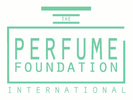
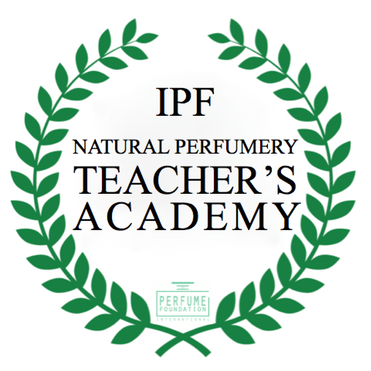
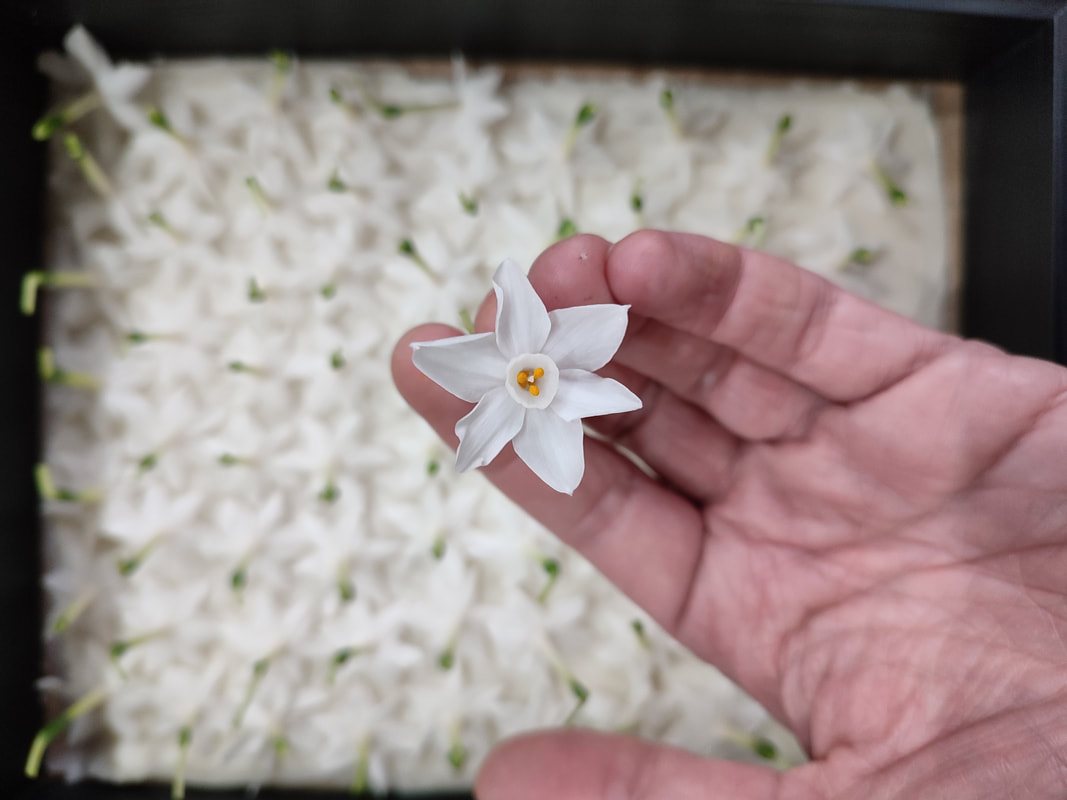


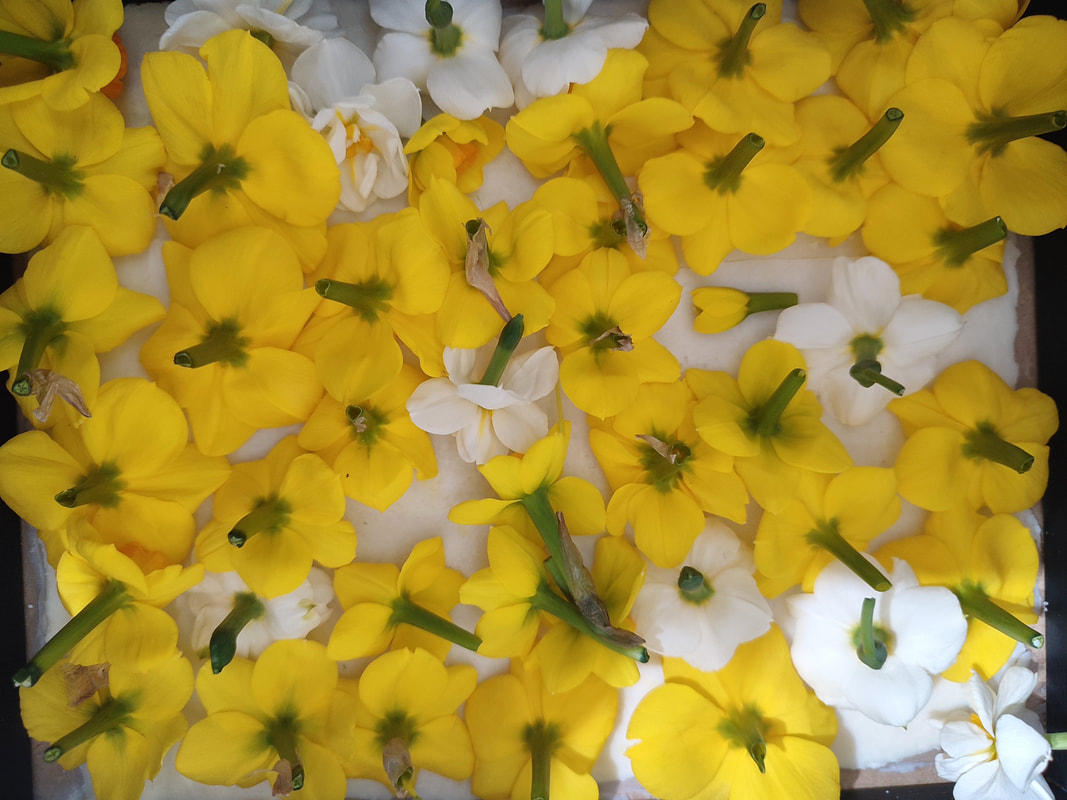
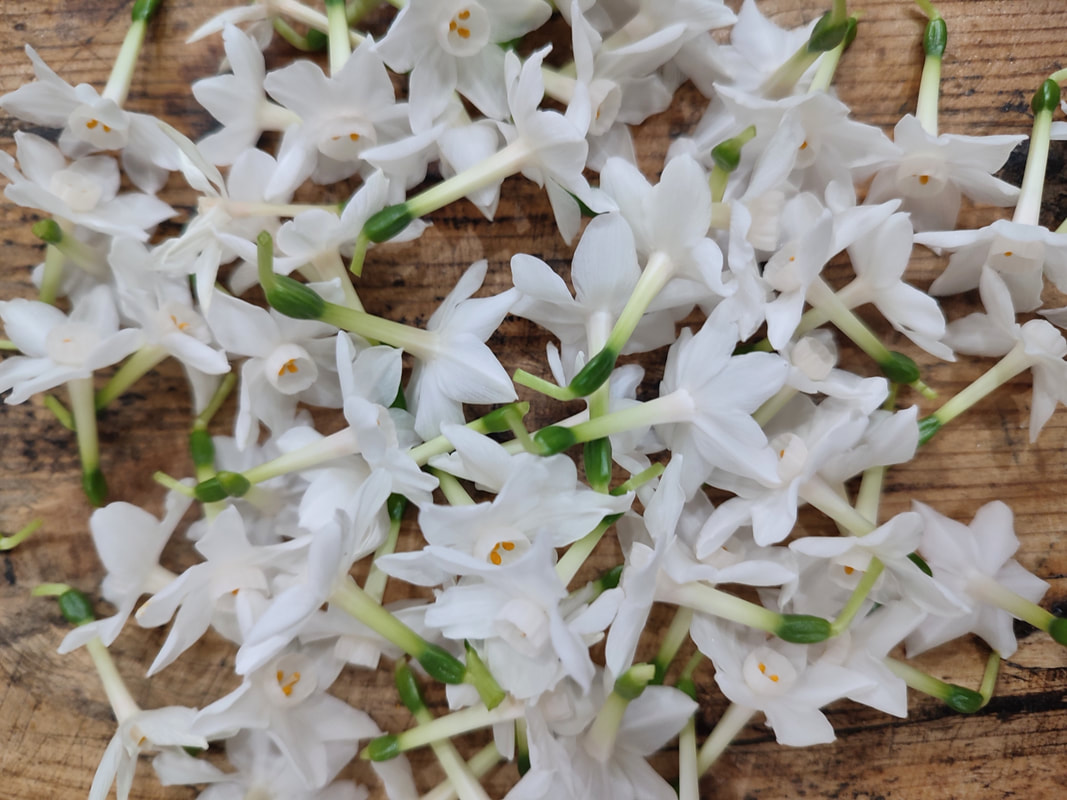





 RSS Feed
RSS Feed
